Not just pretty pictures: Borneo-based wildlife photographer and conservationist Chien Lee has a deeper message.


Not just pretty pictures: Borneo-based wildlife photographer and conservationist Chien Lee has a deeper message.
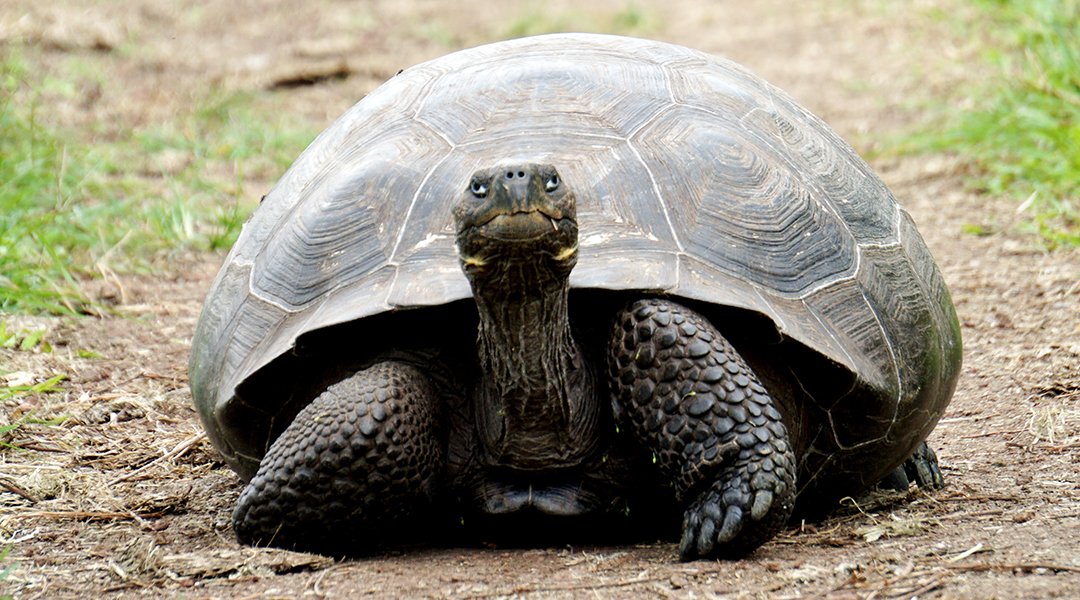
Galapagos tortoises display temperature-dependent sex determination, which may negatively skew population demographics under climate change.
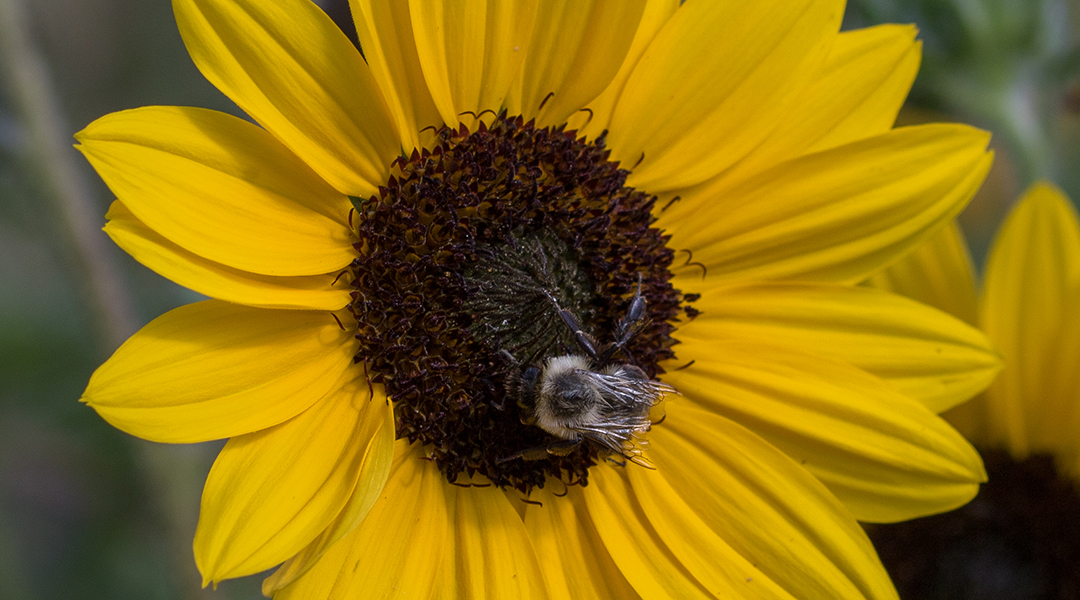
Planting sunflowers in pollinator habitats can boost bee health by providing them with pollen that protects against intestinal pathogens.
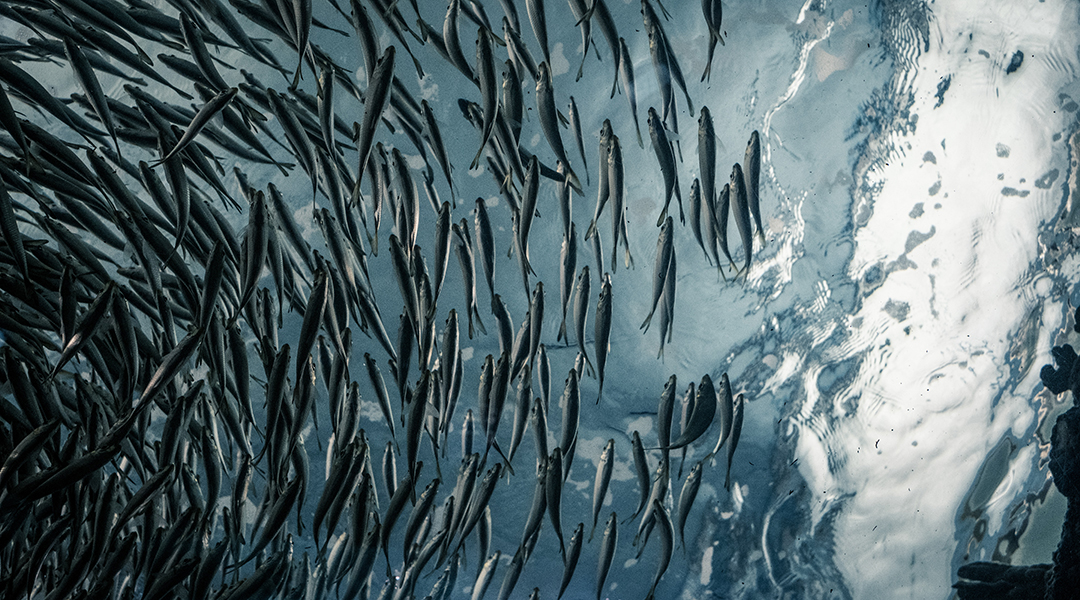
Fish adjust their sensitivity to the actions of others, such reacting to false alarms, to reduce the risk of responding to misinformation.
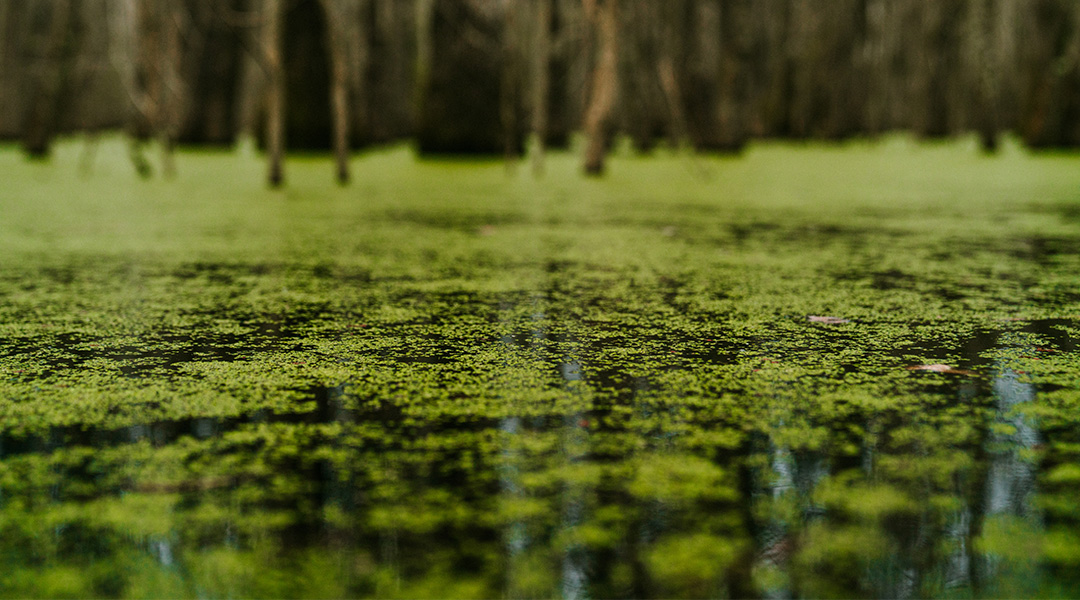
Biosorption could help in the recycling and reuse of rare earth elements.
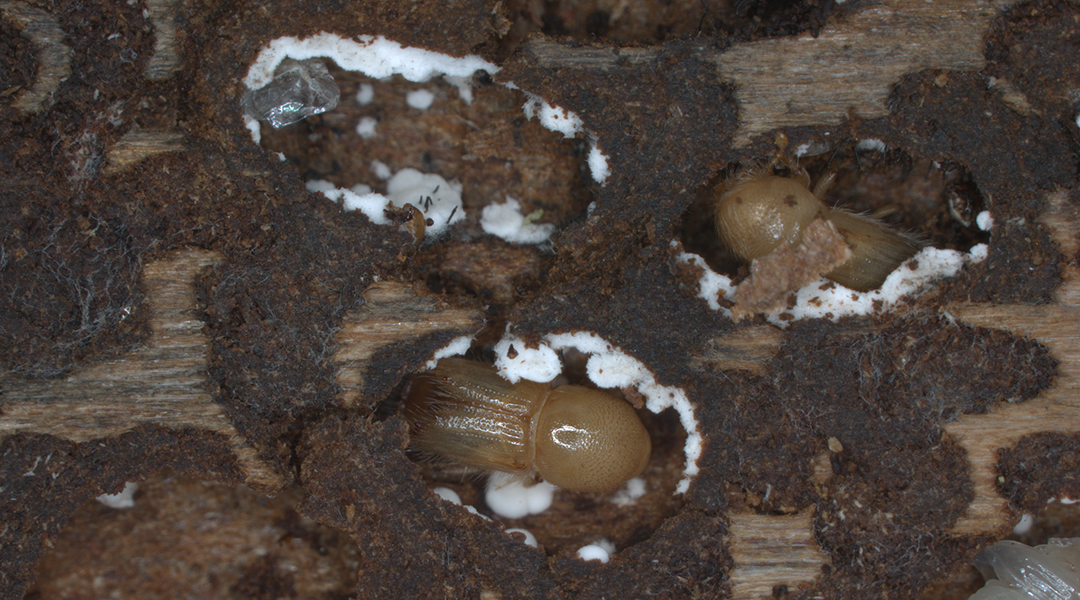
New study clarifies symbiotic link between bark beetles and fungi in the destruction of coniferous forests.
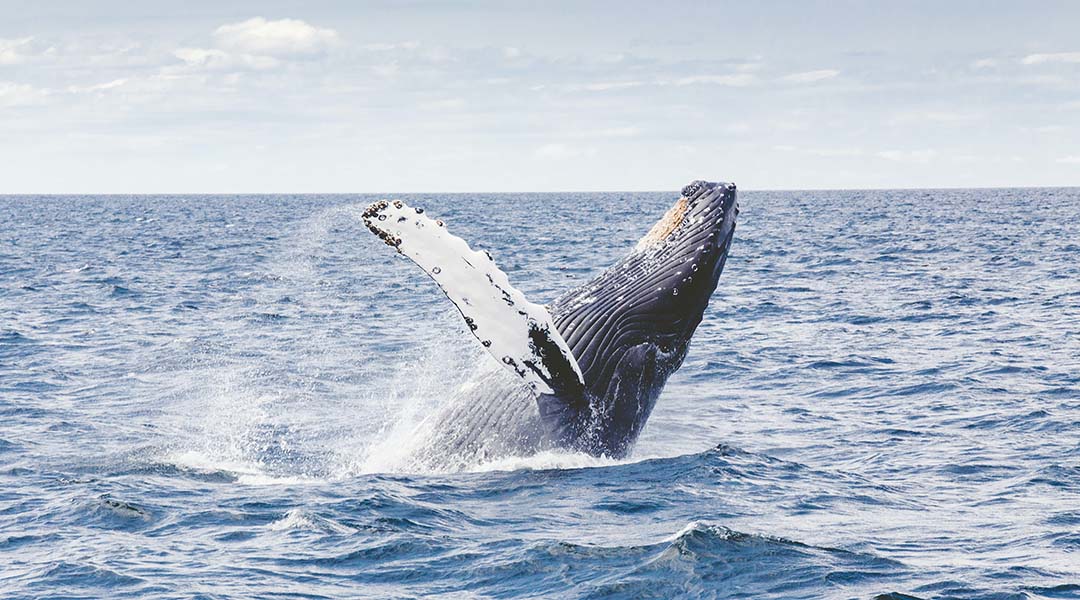
As humpback whale populations increase, two decades worth of data finds they are shifting from singing to fighting as their preferred mating strategy.
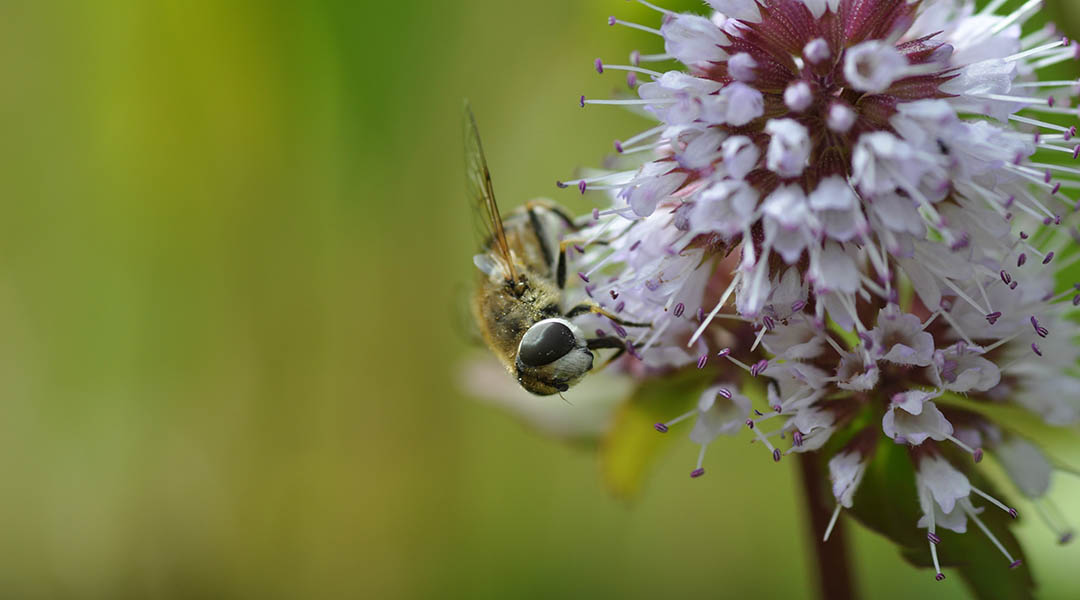
Data collected over the last 100 years in northern Finland demonstrates drastic changes pollinator species linked to climate change.
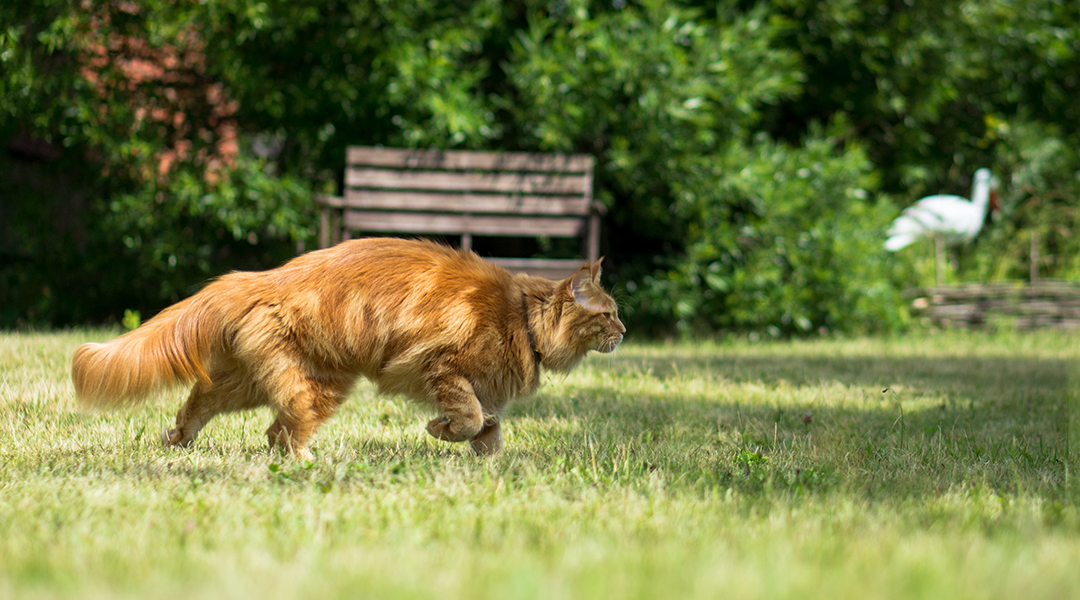
Cat personality has been linked to hunting behavior, and understanding which breeds are more prone could help minimize impact on wildlife.
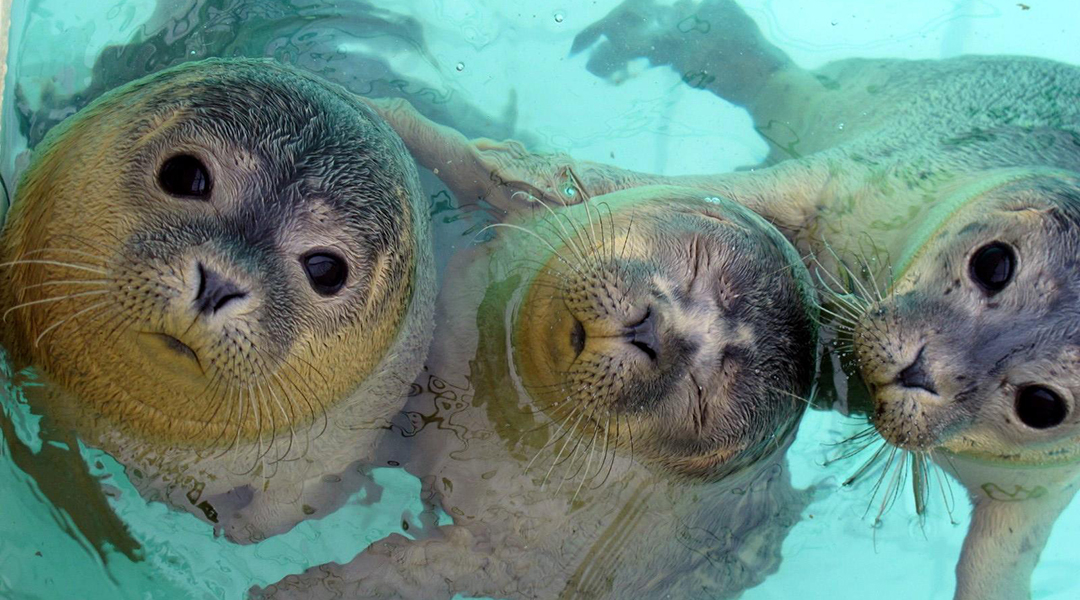
Recreating the bead-like structure of seal whiskers grants scientists insight into new underwater technologies.